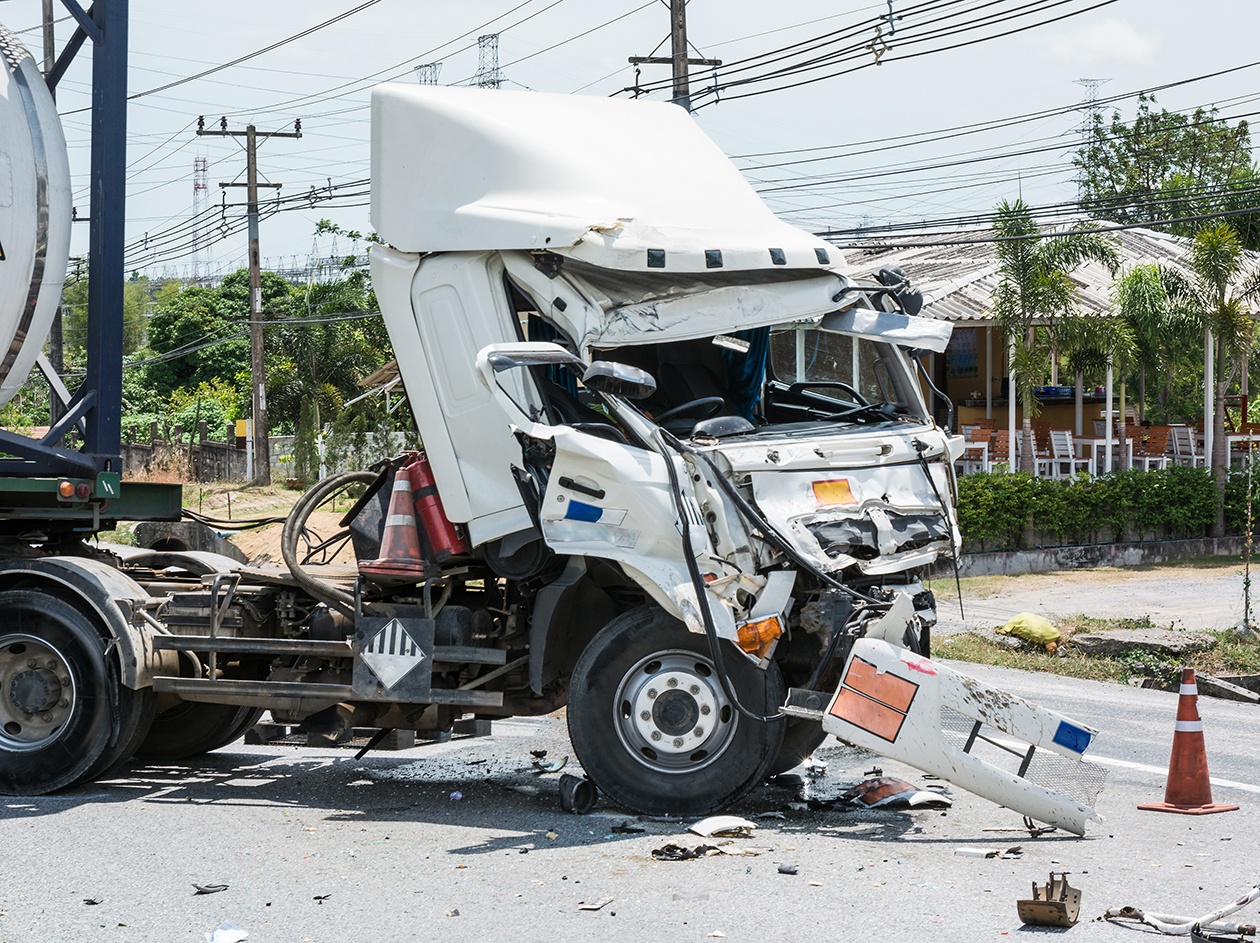Truck accidents are some of the most devastating and complex incidents on our roadways. Due to their size and weight, collisions involving large trucks can result in catastrophic consequences, including severe injuries and loss of life. Investigating these accidents is crucial not only for determining liability but also for improving safety measures and preventing future incidents. One essential tool in the investigation of truck accidents is the black box, officially known as the Electronic Control Module (ECM) or Event Data Recorder (EDR).
UNDERSTANDING BLACK BOXES IN TRUCKS
Black boxes in trucks are similar to those found in airplanes. They are electronic devices that continuously record data related to the vehicle’s performance, including speed, braking, acceleration, and engine performance. This data is stored in the black box and can be crucial in understanding what happened before, during, and after a truck accident.
The primary purpose of black boxes in trucks is to assist in the event of an accident. They are designed to capture data leading up to the crash, which can help accident investigators and authorities reconstruct the sequence of events accurately.
The information stored in these devices can include:
- Speed: The truck’s speed leading up to the accident is a crucial factor in determining the cause of the crash. Was the truck exceeding the speed limit, or was it driving at a safe and legal speed?
- Braking: Data from the black box can show whether the truck driver applied the brakes and how forcefully. This information can help determine if the driver attempted to stop or slow down before the collision.
- Acceleration: Sudden acceleration or rapid changes in speed can be indicative of aggressive driving behavior or attempts to avoid a collision.
- Engine Performance: The black box records data related to the truck’s engine performance, including RPM (revolutions per minute) and throttle position. This information can provide insights into the driver’s actions leading up to the accident.
- Airbag Deployment: In the event of a collision, the black box can record whether the airbags deployed, indicating the severity of the impact.
- Seatbelt Usage: Some black boxes also capture data on seatbelt usage by the driver and passengers, which can be critical for assessing safety measures taken by those involved in the accident.
THE ROLE OF BLACK BOXES IN ACCIDENT INVESTIGATIONS
Black boxes play a pivotal role in accident investigations for several reasons:
Accurate Reconstruction of Events
One of the primary benefits of black boxes is their ability to provide an accurate and unbiased account of the events leading up to a truck accident. This information can be invaluable in establishing liability and determining the cause of the crash. Accident investigators can use the data from the black box to create a timeline of events, helping them understand how the accident unfolded.
Evidence for Legal Proceedings
Black box data can serve as critical evidence in legal proceedings following a truck accident. Whether it’s a personal injury lawsuit or a criminal case involving reckless driving, the information stored in the black box can corroborate or refute witness statements and provide a clear picture of what occurred.
Improved Safety Measures
The data collected from black boxes can also be used to enhance safety measures in the trucking industry. By analyzing the information, industry experts and regulators can identify patterns of behavior or vehicle malfunctions that contribute to accidents. This knowledge can lead to the development of improved safety guidelines, training programs, and technology enhancements to reduce the risk of future accidents.
Driver Accountability
Black box data can hold truck drivers accountable for their actions on the road. It provides a factual record of a driver’s behavior, including speeding, aggressive driving, and failure to follow safety protocols. This information can be used by trucking companies to address driver misconduct and ensure that their employees adhere to safety regulations.
Preventing Insurance Fraud
In some cases, truck accidents may involve insurance fraud or false claims. Black box data can help uncover fraudulent activities by providing an objective account of the accident. Insurance companies can use this data to assess the validity of claims and prevent fraudulent payouts.
CHALLENGES AND CONTROVERSIES
While black boxes in trucks offer numerous benefits for accident investigations and road safety, there are also challenges and controversies associated with their use:
Privacy Concerns
Privacy advocates argue that the continuous monitoring of a driver’s behavior through black boxes raises significant privacy concerns. There are debates about who should have access to this data and how it should be used. Striking a balance between safety and privacy is an ongoing challenge.
Data Accuracy
Black box data is not infallible, and there have been instances of errors or malfunctions in these devices. It’s essential to ensure the accuracy and reliability of the data collected to prevent unjust accusations or legal disputes.
Data Retention and Access
Determining how long data should be retained in black boxes and who should have access to it is another contentious issue. Stricter regulations and guidelines are needed to address these concerns and protect the rights of both drivers and accident investigators.
Ultimately, the goal is to make our roadways safer for everyone by leveraging the valuable insights these devices provide.
Contact us online to schedule a consultation or give us a call at (888) 420-1299.


